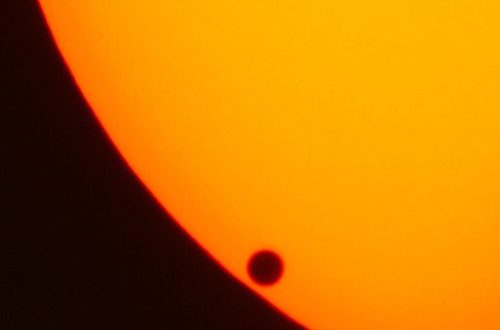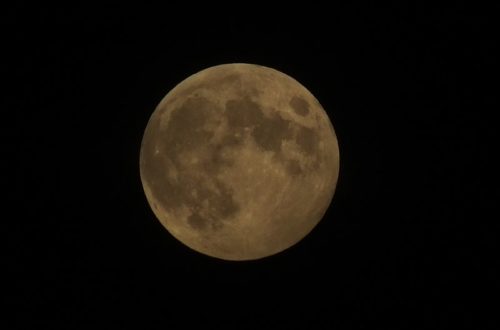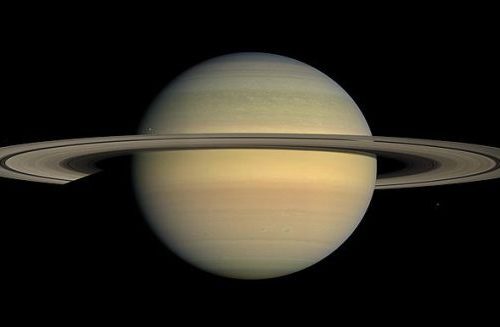Monthly Stargazing Calendar for August 2012
Looking for the August 2025 stargazing calendar?
This month will be very eventful when it comes to astronomy and space exploration. First off on August 6 the Curiosity Rover, also known as Mars Science Laboratory (MSL), is scheduled to land on the red planet at 5:31 AM UTC. Officially named Curiosity, it is an autonomous rover similar to the Spirit and Opportunity rovers that previously visited Mars. The main difference between Curiosity and its predecessors is that it will be the heaviest rover to ever land on the planet, at about 900 kg. The main goals of the mission are to determine whether Mars could ever have supported life, study the climate and the geology of Mars, as well as plan for a future human mission to Mars.
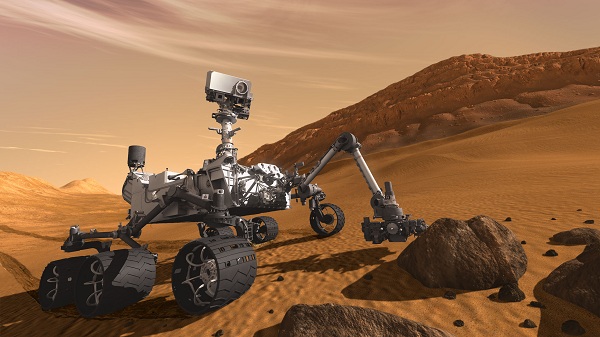
Would you like to be notified of stargazing events?
Later this month on the night of August 11 and 12 we will witness the peak of the Perseid meteor shower. It is one of the best meteor showers to observe, producing up to 60 meteors per hour at the peak, but you may be able to see some meteors any time from July 23 to August 22. The shower will appear to radiate from the constellation of Perseus. The near last quarter moon will be visible, but shouldn’t be too much of a problem for a shower with up to 60 meteors per hour.

And finally by the end of the month on August 24 Neptune will be at opposition. The blue giant will be at its closest approach to Earth and its face will be fully illuminated by the Sun. This is the best time to view Neptune. Due to its distance, it will only appear as a tiny blue dot in all but the most powerful telescopes.

Moon phases
As you know, the Moon has a big impact on the visibility of celestial bodies in the night sky. So here are the Moon’s phases for this month:
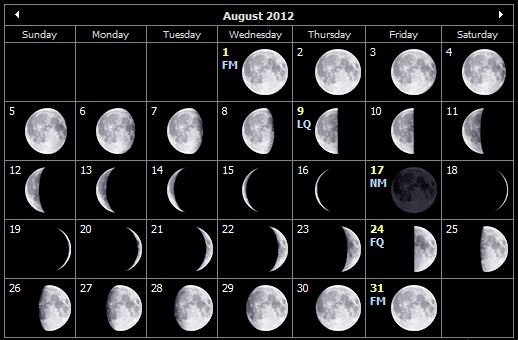
Positions of the planets this month
Mercury: The closest planet to the Sun can be seen at dawn and dusk in the constellation of Cancer. This planet, being the closest to the Sun, will appear to move quickly in the night sky and its position will change in the following weeks.
Venus: The sister planet can be seen between the constellation of Taurus and Orion, not far from Jupiter. Just like Mercury, Venus can only be seen at dawn and dusk.
Mars: The red planet can be seen in the constellation of Virgo, not far from Saturn.
Jupiter: The gas giant is visible in the constellation of Taurus. Jupiter can easily be spotted with the naked eye, even in highly illuminated cities.
Saturn: The ringed giant can be seen with the naked eye in the middle of the Virgo constellation, not far from the bright star Spica.
Uranus: The gas giant can be seen between the constellations of Pisces and Cetus with the use of a telescope.
Neptune: The blue giant requires a telescope pointed in the constellation of Aquarius in order to be seen.
Major astronomical events next month
- September 22 – September Equinox.
- September 29 – Uranus at Opposition.
See also:
- Previous month’s calendar: Stargazing Calendar for July 2012
- Next month’s calendar: Stargazing Calendar for September 2012
Would you like to receive similar articles by email?



